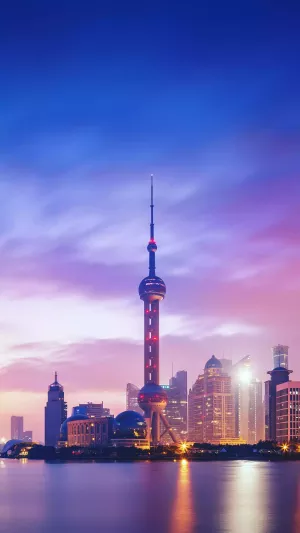When we mention "pollution", we will think of chemical pollution, air pollution, marine pollution, and so on. After pollution such as exhaust gas, wastewater, waste residue, and noise, a new source of environmental pollution now appears, which is "light pollution".
Light pollution refers to too much artificial light. Many times, we are more willing to call it "trouble", not "pollution". Because it seems different from air pollution and water pollution.
However, since light pollution emits energy and this energy will disturb the environment, it can be regarded as a form of pollution reasonably. In daily life, people's common light pollution is mostly the dizziness of pedestrians and drivers caused by the reflection of mirror architecture, as well as unreasonable lights caused by unreasonable lights to the human body.
Under the influence of artificial light, one-third of people in the world can no longer see the starry sky with the naked eye. The most serious situation is the area with the highest degree of industrialization.
At night, 60%of Europeans and 80%of North Americans could no longer see the starry sky.
Data show that nearly 83%of people around the world live under "light pollution" and cannot see the beauty of the galaxy with the naked eye. The night sky is covered by the light fog formed by artificial light.
The country with the worst situation is Singapore, followed by Kuwait, Qatar, and the UAE, all of which are densely populated countries. The first 10 countries, which are the least affected by light pollution, are in Africa.
Through this standard, we can see how bad the human damage to the night sky is. However, the problem caused by light pollution is far more than observing the sky stars.
Too much light source in the city causes light pollution and will interfere with your rhythm of day and night. The street lights from the neighbor's backyard may make you suddenly wake up from your sleep.
The continuous radiation of nearby commercial parking lots and street lights will also affect the normal sleep mode.
In addition to health issues, light pollution has also caused a huge waste of resources. The U.S. government-funded the National Observatory for several investigations and measurements and has obtained a lot of surprising data.
For example, outdoor lights consume more than 17 billion kilowatt-hours of energy each year. 13%of the total number of households used for outdoor lighting, while more than one-third of light was wasted. This waste of light consumes $ 3 billion, while carbon dioxide emitted outdoors by outdoor lighting is up to 21 million tons each year.
This interference affects not only humans, but also the survival of other animals, especially migrating birds and animals foraging at night. Many birds are flying long distances at night and generally use stars and moon navigation, but our artificial light causes interference, causing many birds to lose direction in cities and suburbs.
However, due to the non -quantitative characteristics of the light source, it is still difficult to deal with the problem of light pollution in reality.
Fortunately, compared with other pollution, it is easier to reduce light pollution. In cities, just turn off the lights or completely eliminate the lights in certain areas when it is not needed, it can reduce the light of the city sky.





